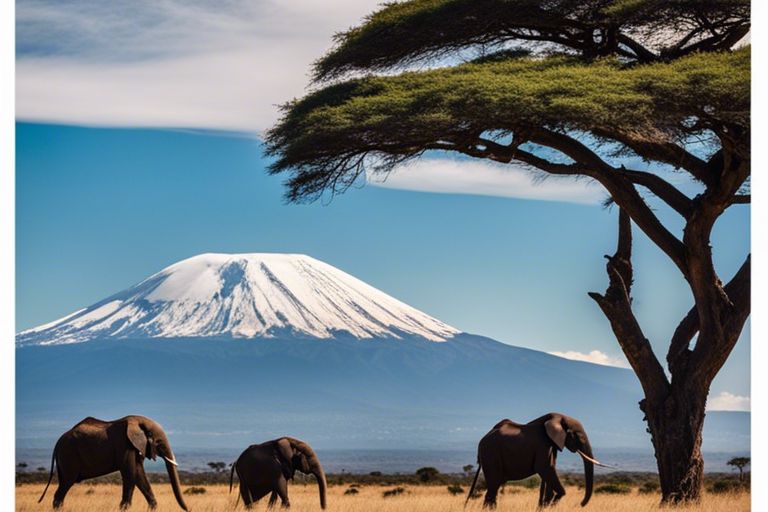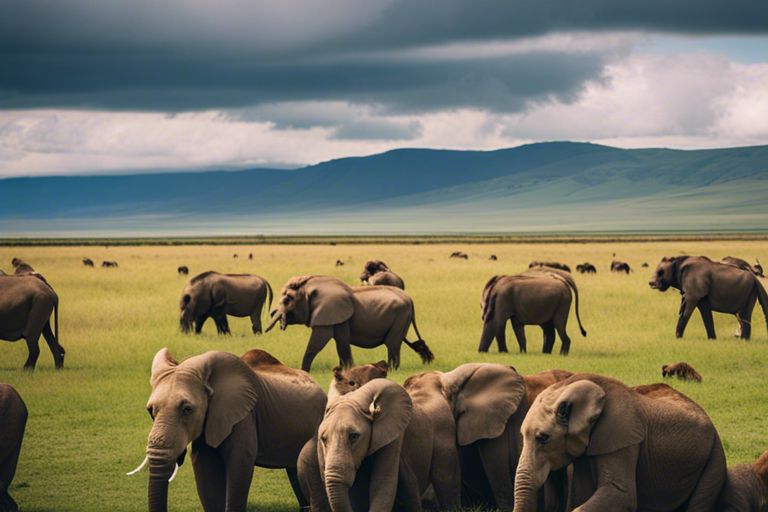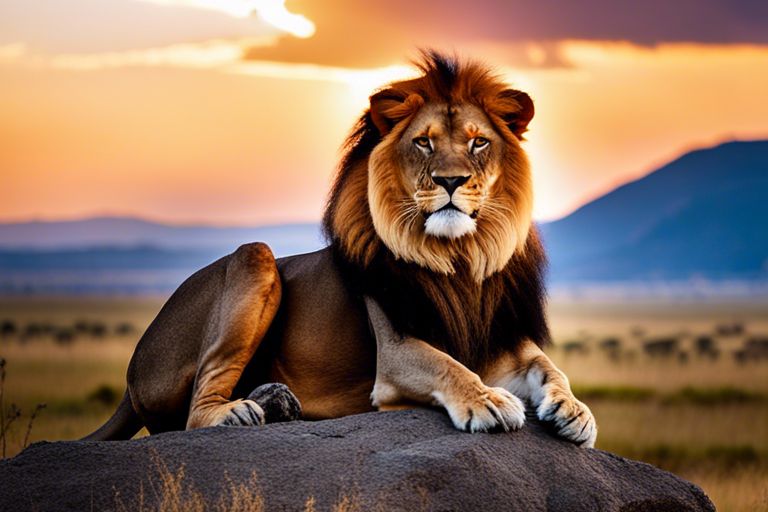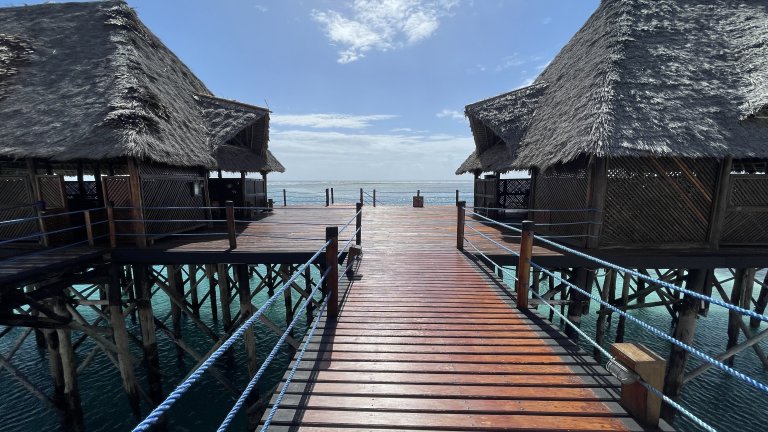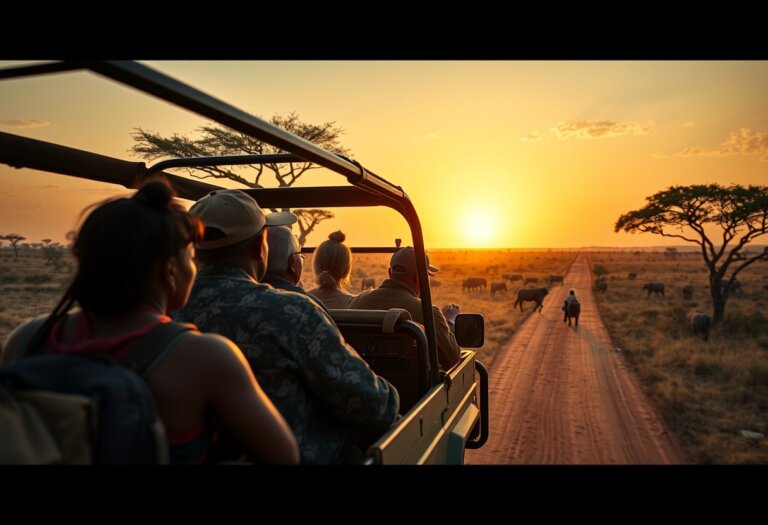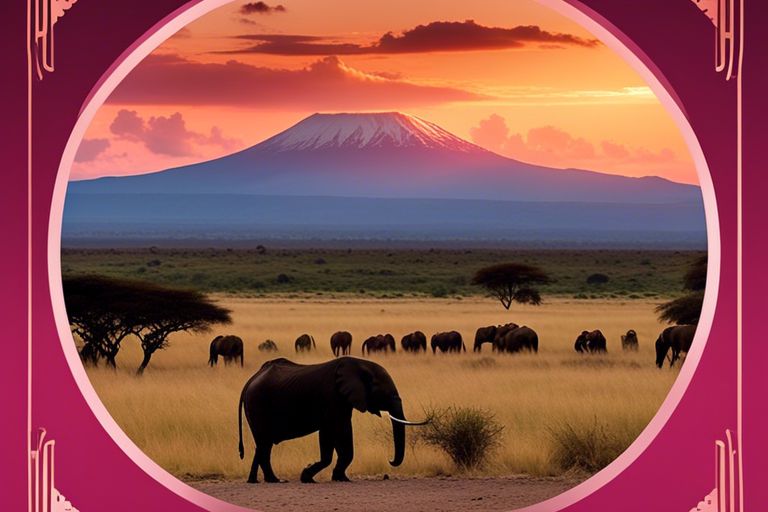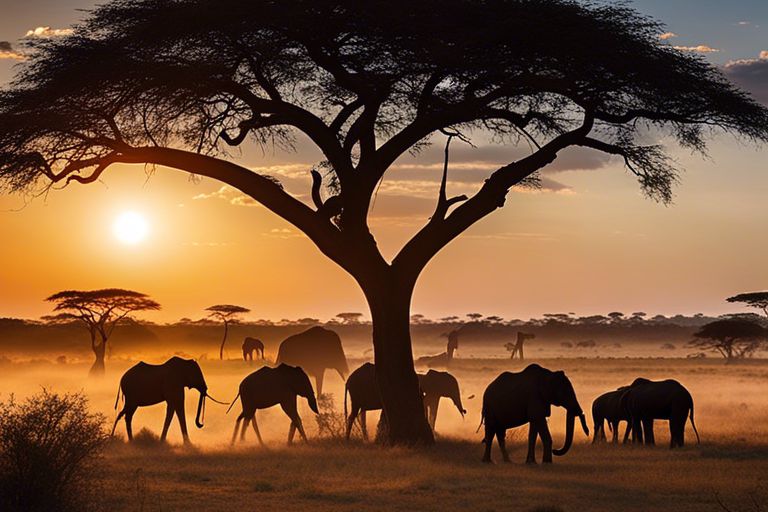Best Time to Visit Tanzania – A Guide to the Seasons
There’s a perfect time for every traveler to experience the wonders of Tanzania. Depending on your preferences, each season offers a unique adventure waiting to be explored. Whether you dream of witnessing the Great Migration, relaxing on the beaches of Zanzibar, or trekking through the stunning landscapes of Kilimanjaro, this guide will help you navigate the best time to visit Tanzania based on the different seasons. So pack your bags and get ready for an unforgettable journey through this diverse and enchanting African destination!
Climate Overview
Tropical Climate
Tanzania enjoys a classic tropical climate with distinct wet and dry seasons. The temperatures remain relatively stable throughout the year, with coastal areas experiencing more humidity compared to the cooler highland regions. The dry season, from June to October, is ideal for safaris as the wildlife congregates around water sources, making them easier to spot. During this time, you can expect clear skies and sunny days perfect for exploring the national parks.
Regional Variations
Across Tanzania, you’ll find unique regional variations in climate due to the diverse landscapes. The coastal areas, including popular destinations like Zanzibar and Dar es Salaam, experience higher temperatures and humidity levels compared to the northern safari circuit or the southern parks like Selous Game Reserve. The inland plateaus and highlands enjoy milder temperatures, making them perfect for hiking adventures or cultural experiences.
With such diverse climates across the country, choosing the best time to visit Tanzania depends on your preferences and planned activities. Whether you’re dreaming of relaxing on tropical beaches, launching on a thrilling safari adventure, or trekking through lush forests, there’s a perfect time of year to make your Tanzanian dream a reality.
Dry Season (December to March)
Weather Conditions
For you, the dry season in Tanzania from December to March offers pleasant weather conditions with clear skies and minimal rainfall. During this time, you can expect warm temperatures ranging from 77°F to 86°F (25°C to 30°C) making it ideal for outdoor activities and wildlife viewing.
Pros and Cons for Travelers
| Pros | Cons |
| Optimal wildlife viewing as animals gather around water sources | Possibility of crowded tourist areas and popular national parks |
| Great conditions for hiking and exploring the landscapes | Higher accommodation prices due to peak tourist season |
| Clear skies for stunning photography and hot air balloon rides | Hot temperatures during midday can be challenging for some travelers |
For you, the dry season in Tanzania provides excellent opportunities to witness the annual wildebeest migration in the Serengeti as thousands of animals move across the plains in search of greener pastures. However, it is important to book accommodations and safari tours in advance to secure your spot during this popular time.
Best Activities and Experiences
With the dry season in Tanzania, you can enjoy thrilling safari adventures, witnessing the Big Five in their natural habitats. Additionally, you can partake in cultural experiences by visiting local Maasai villages and learning about their traditional way of life.
Conditions for hot air balloon rides over the Serengeti plains are optimal during this time, allowing you to witness the vast landscape and wildlife from a unique perspective. Don’t miss the chance to explore the diverse ecosystems and iconic landmarks, such as Mount Kilimanjaro, during your visit to Tanzania in the dry season.
Wet Season (April to May and November)
Weather Conditions
Throughout the wet season in Tanzania, you can expect heavy rain showers, particularly in the afternoons and evenings. The humidity levels are high, and the temperatures are cooler compared to the dry season. April and May mark the long rainy season, while November experiences the short rains.
Pros and Cons for Travelers
| Pros | Cons |
| Lower number of tourists | Heavy rainfall can disrupt your travel plans |
| Greener landscapes and lush vegetation | Insect activity increases during the wet season |
| Discounted rates on accommodations | Wildlife sightings might be more challenging due to dense foliage |
Season: The wet season in Tanzania offers a unique experience for travelers looking to explore the country without the crowds that usually flock during the dry season. However, you need to be prepared for sudden downpours and potential disruptions to your itinerary.
Best Activities and Experiences
One of the highlights of visiting Tanzania during the wet season is witnessing the incredible wildebeest migration in the Serengeti. The lush landscapes provide a stunning backdrop for this natural spectacle, and you can also enjoy bird watching as migratory birds flock to the region.
With fewer tourists around, you can have a more intimate safari experience, with a higher chance of spotting elusive wildlife such as leopards and rhinos. Additionally, the lower rates on accommodations and tours make it a budget-friendly time to visit Tanzania.
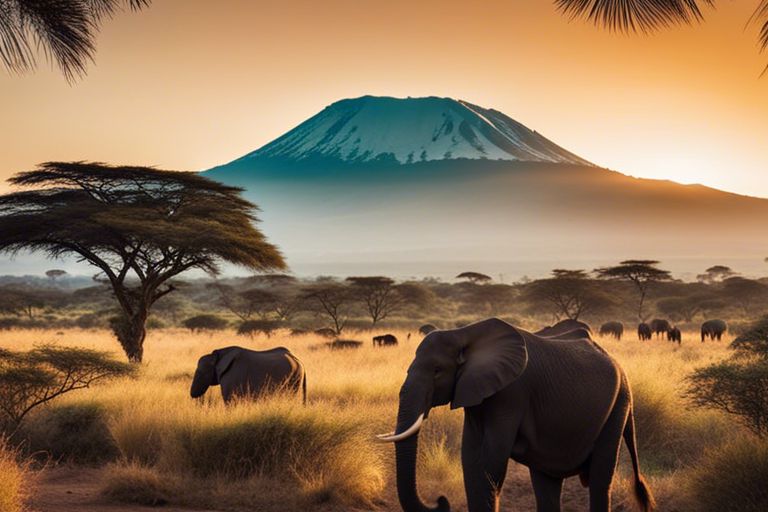
Shoulder Season (June to October)
Not as busy as the high season but not as wet as the low season, the shoulder season in Tanzania from June to October can offer you the best of both worlds.
Weather Conditions
Weather during the shoulder season in Tanzania is generally mild and dry. Days are warm with clear skies, perfect for enjoying safaris and outdoor activities. However, nights can get chilly, especially in higher altitude areas like the Ngorongoro Crater.
Pros and Cons for Travelers
| Pros | Cons |
| Lower accommodation rates | Parks can be busier than low season |
| Great wildlife viewing opportunities | Less greenery compared to the wet season |
| Mild weather for outdoor activities | Popular attractions may still be crowded |
To make the most of your visit during the shoulder season, you may want to consider the pros and cons outlined above. While you can benefit from fewer crowds and lower rates, be prepared for some popular sites to still be busy.
Best Activities and Experiences
An advantage of visiting Tanzania during the shoulder season is the opportunity to witness the Great Migration in the Serengeti National Park. This natural spectacle of thousands of wildebeest and zebras moving across the plains is a sight to behold.
October marks the end of the shoulder season with rising temperatures and the possibility of some late rains. It is a great time to catch the tail end of the wildebeest migration and enjoy the warmth before the wet season begins.
Best Time for Wildlife Viewing
Now, when planning your wildlife viewing adventure in Tanzania, it’s necessary to consider the best time to visit for optimal animal sightings. For a comprehensive guide on the ideal times to experience Tanzania’s wildlife, check out this Best Time to Visit Tanzania | Migration Safari.
Great Migration
The Great Migration, one of the most incredible wildlife spectacles on the planet, is a must-see when visiting Tanzania. This natural phenomenon sees millions of wildebeest, zebra, and other grazing animals traverse the Serengeti in search of fresh grazing land. The best time to witness this awe-inspiring event is generally from December to July when the herds move through the southern and central Serengeti and cross into the Masai Mara in Kenya.
Best National Parks and Reserves
Migration aside, Tanzania is home to some of the best national parks and reserves in Africa for wildlife viewing. Serengeti National Park is renowned for its vast open plains and abundant wildlife, including the Big Five. Other top destinations include Ngorongoro Crater, known as the “eighth wonder of the world,” and Tarangire National Park, famous for its large elephant population.
A visit to these incredible parks and reserves during the dry seasons, from June to October and January to February, ensures prime wildlife viewing opportunities as animals congregate around water sources, making them easier to spot.
Best Time for Climbing Mount Kilimanjaro
Weather Conditions
For anyone considering climbing Mount Kilimanjaro, it’s crucial to understand the weather conditions you may face. The best time to attempt this incredible feat is during the dry seasons: January to March and June to October. These months offer clearer skies and less precipitation, making your climb more manageable and enjoyable.
Preparation and Safety Tips
Any successful climb up Mount Kilimanjaro requires thorough preparation and adherence to safety guidelines. Make sure you have the appropriate gear, including sturdy hiking boots, warm clothing, and a reliable backpack. Acclimatization is key, so it’s crucial to take your time and listen to your body as you ascend to higher altitudes.
- Ensure you have a reputable guide and porters to assist you during the climb.
- Stay hydrated and maintain a steady pace to avoid altitude sickness.
- Assume that summiting Mount Kilimanjaro is a challenging endeavor requiring physical fitness and mental determination.
With its unpredictable weather and high altitudes, Mount Kilimanjaro presents unique challenges to climbers. It’s crucial to be well-prepared before launching on this adventure. Knowing your limits and staying vigilant about safety measures can make all the difference in ensuring a successful and enjoyable climb.
- Have a thorough understanding of the routes and various camps along the way.
- Acquire travel insurance that covers emergency medical evacuation in case of any unforeseen circumstances.
- Assume that climbing Mount Kilimanjaro requires careful planning and a sense of adventure.
Summing up
To wrap up, Tanzania offers a diverse range of experiences throughout the year, so the best time to visit really depends on your preferences and what you want to see and do. Whether you want to witness the Great Migration, go on a safari, relax on the beach, or climb Mount Kilimanjaro, there is something for everyone in Tanzania regardless of the season. Consider the weather, wildlife sightings, and your own interests when planning your trip to make the most of your experience in this stunning East African country.

